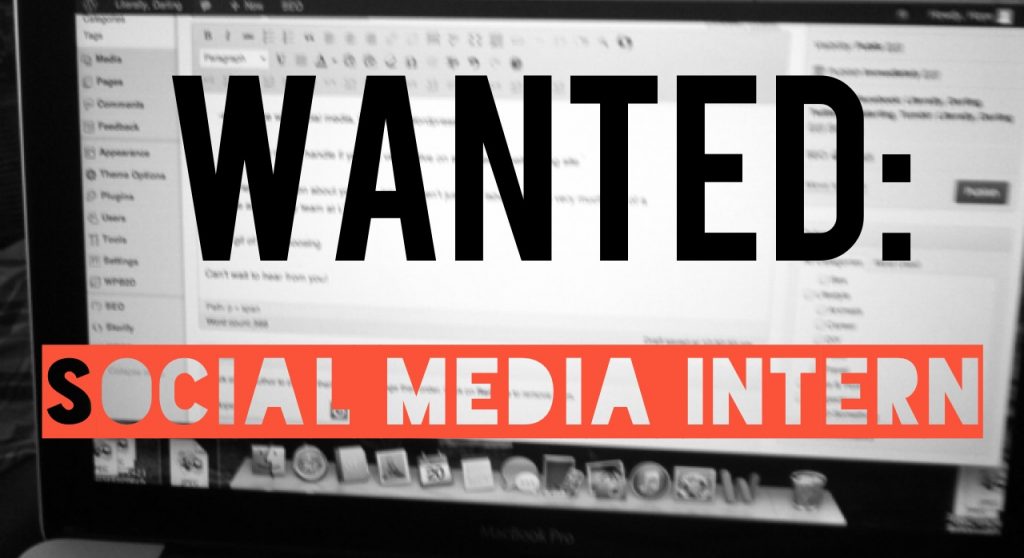I stumbled on this article and decide to blog about it. It seems the fight between Yahoo and Google is taking a new turn…
How the founders of a hot young photo-sharing site are helping to change the focus of the search engine giant — and turning its fight with Google into a battle of man vs. machine. By Erick Schonfeld, December 2005 Issue
‘I have never seen so many people with cameras,’ says Jerry Yang. ‘It is kind of scary.’ It’s a perfect September evening at Yahoo headquarters in Sunnyvale, Calif. Yang, co-founder and chief Yahoo (YAHOO), decked out in a giant foam sheriff’s hat, is surrounded by roughly 250 photographers. But these are not paparazzi here to profile the billionaire. They are, in fact, far more interested in taking digital snapshots of one another.
This act of mass photography is a party for Flickr, the rapidly growing photo-sharing site acquired by Yahoo in March. Flickr co-founder Stewart Butterfield posted an open invitation on the Flickr blog, and all of these people — customers, really — just showed up. Butterfield and his co-founder and wife, Caterina Fake, have quite a fan club. ‘Flickr has changed so many lives. The number of friends I have has exploded,’ enthuses Deborah Lattimore, an entrepreneur who owns a transcription service.
Behind Lattimore is a huge screen with hundreds of constantly changing photos, a sample of the 14,000 or so images uploaded to Flickr every hour. Peer closely and you’ll see snaps of the party that guests have already sent in via cell phone. ‘I look at Flickr with envy,’ Yang says. ‘It feels like where the Web is going.’ What Yang envies is the community of 1.5 million rabidly loyal users Flickr has cultivated and the vast amount of content they’ve created. Of the 60 million photos uploaded to the site so far, more than 80 percent are public, meaning that anyone can look at them. More than half have been ‘tagged’ with user-created labels, making them searchable. To use Flickr is to belong to the culture of participation sweeping the Web — where you write your own blog, produce your own podcast, and post your personal photos for all to see. If this is where the Web is going, Yang wants to make sure Yahoo gets there first.
Indeed, the Flickr purchase helped ignite a larger strategy. Thanks to a new generation of managers like Butterfield and Fake, Yahoo is starting to see how user-generated content, or ‘social media,’ is a key weapon in its war against Google (GOOG). That upstart in neighboring Mountain View may have a better reputation for search, it may dominate online advertising, and it may always win when it comes to machines and math. But Yahoo has 191 million registered users. What would happen if it could form deep, lasting, Flickr-like bonds with them — and get them to apply tags not just to photos, but to the entire Web’
For one thing, the company could make a lot more money. More rabid users mean more ads and more premium subscriptions such as Flickr Pro, whose users pay $25 a year to take their photo-uploading allowance from 20 megabytes to 2 gigabytes a month. Such user fees account for 13 percent of Yahoo’s revenues. Together, ads and fees added up to $3.8 billion in revenues and $1.2 billion in profits for the first nine months of this year.
It’s a strategy that comes right from the top. Social media ‘is going to be a gigantic piece of what we do,’ says Yahoo CEO Terry Semel. ‘I don’t think old media is what people are going to spend most of their time doing on the Internet. This paradigm needs its own inventions, its own methods, its own way to go forward.’ That doesn’t mean Yahoo is ignoring traditional mass media — quite the opposite, in fact — but when it comes to the future of social media on the Web, Semel is winning praise for being one of Silicon Valley’s savviest CEOs. ‘Yahoo has done the best job of the large guys of getting the concept,’ says tech guru Esther Dyson, who was an early investor in Flickr.
Semel may get it, but if you want to see this revolution in action, you have to talk to the young guns he’s been hiring. Many of the champions of social media inside Yahoo — including Flickr’s Butterfield and Fake, senior technologist Bradley Horowitz, and the head of Yahoo’s developer network, Toni Schneider — are former startup founders recently acquired or hired. These entrepreneurs are sprinkling their social-media DNA all over the company, in a process some insiders are calling the ‘Flickrization‘ of Yahoo. The Flickrizers’ most ambitious goal is to turn Web searching itself into a social event — the idea being that you can find what you’re looking for faster if you first see pages saved and tagged by people you know and trust. Done well, it could play as the triumph of the humans over Google’s cold mechanical approach.
This is an especially attractive idea to Yahoo veterans, since it harks back to the vision Yang and Yahoo co-founder David Filo had in their Stanford University dorm rooms: Categorize the Web and recommend the best sites for its users, using human editors. That vision had to be abandoned when the Web got too large. But this time the users and the editors will be one and the same, there will be enough to tackle the entire Internet — and Yahoo won’t have to pay them. With hindsight, it’s easy to trace a line through Yahoo’s history, from Filo and Yang’s human-filtered Web on one end to Flickr on the other, and believe that the company has always had some form of social media in its blood. But there were moments when Yahoo was decidedly unfriendly toward users’ content. In 1999 it bought GeoCities, the popular purveyor of personal homepages, and proceeded to raze the 41 virtual neighborhoods into which its sites were clustered. Worse, Yahoo’s new terms of service said the company owned rights to all GeoCities content, even members’ photographs. Thousands of GeoCities residents left in protest. Yahoo quickly rescinded the terms of service.
Still, the company managed to get the user-generated formula right most of the time. It had a forum for special interests in Yahoo Groups, which now boasts 70 million members. And asking people to post their own reviews, as Amazon and Netflix know, is one of the best ways to grow your site’s social value; Yahoo has more than 6 billion user-generated ratings on Yahoo Music alone.
Before it bought Flickr, Yahoo had just launched a fledgling social-networking service called Yahoo 360 that lets members write their own blogs. A few months earlier, the company had introduced the world of blogs to its members by adding the ability to subscribe to RSS feeds in My Yahoo. But the biggest change to Yahoo began in a New York hotel in November 2003. That’s where Butterfield was suffering from food poisoning when he had a feverish dream about a multiplayer game built round sharing digital photographs. The vision stuck with him. Three months later Butterfield and Fake, a former art director at Salon.com, built the first version of Flickr in a Vancouver, British Columbia, loft.



